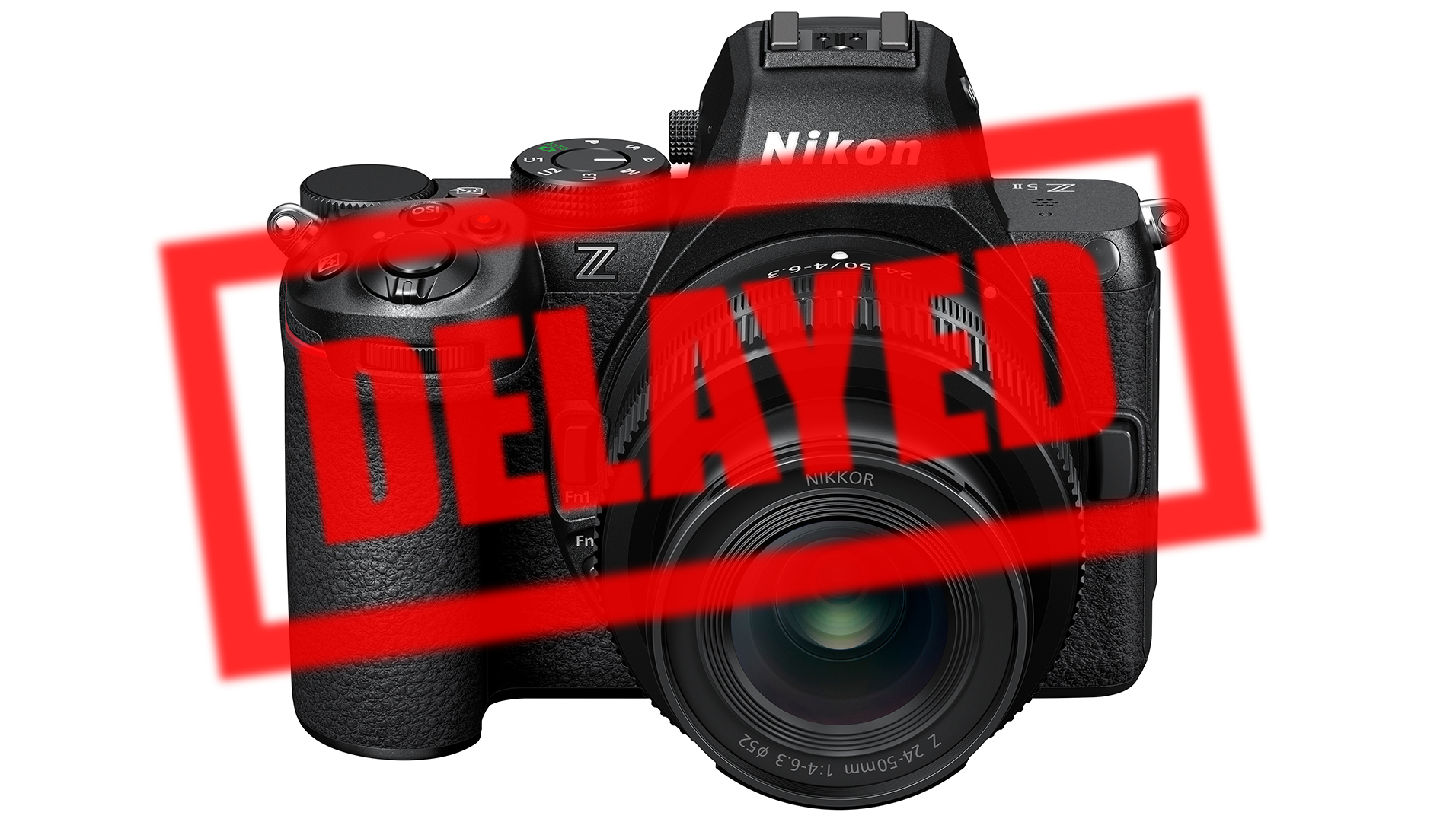The best telephoto lenses: top zooms for bringing your subjects closer
These are the best telephoto lenses for your camera, for Canon, Nikon, Fujifilm and more, both mirrorless and DSLR
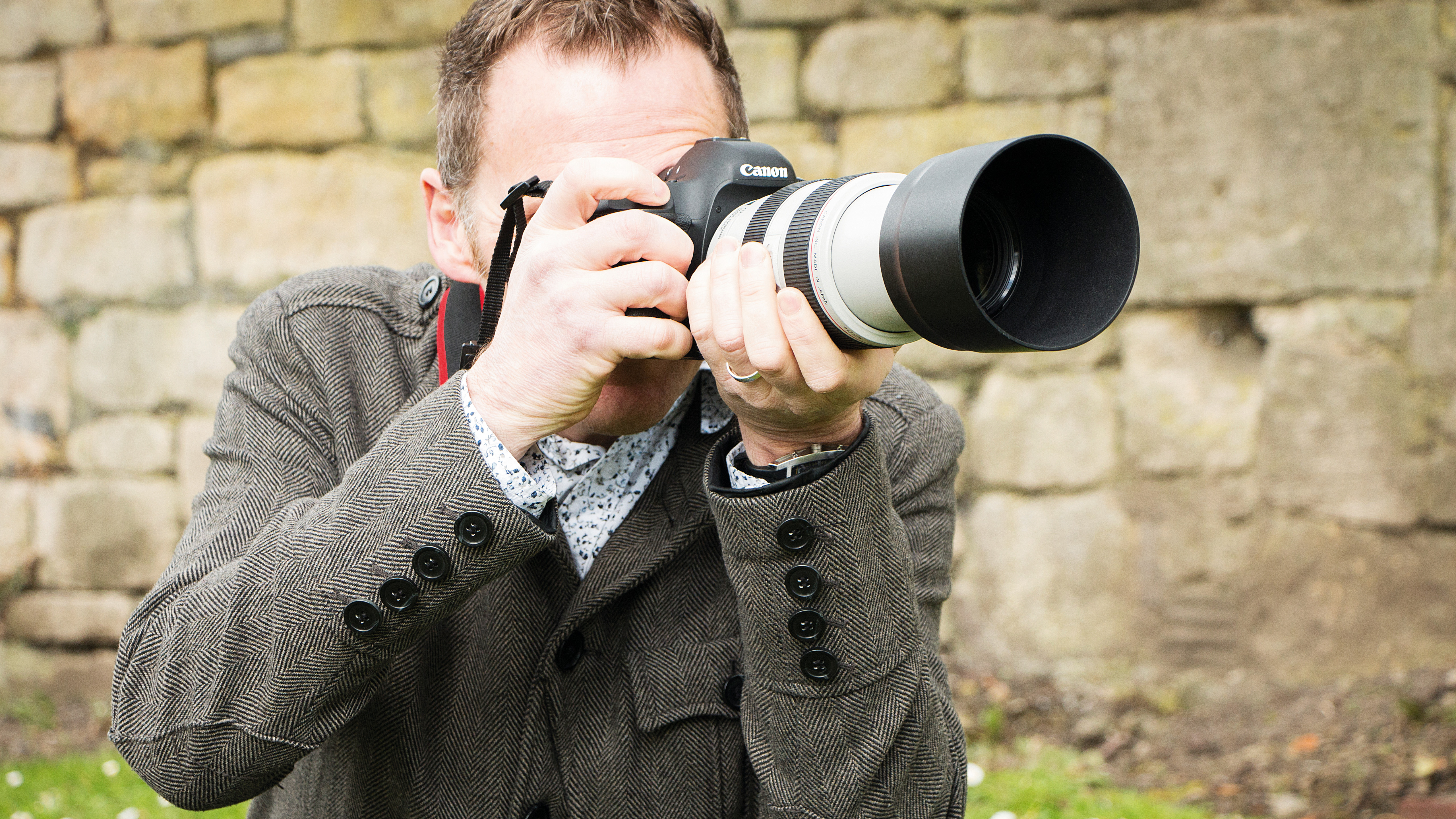
If you're looking for the best telephoto lenses for your camera, look no further. I've drawn on experience of testing and reviewing lenses to bring you this indispensable guide to the most capable long lenses for all major camera systems, while keeping an eye firmly on the budget. I'm after the most bang per buck, so I've bypassed really exotic glassware that costs a fortune.
The long focal length of a telephoto lets you fill the frame with distant subjects, meaning its most common applications are wildlife and sports photography. However, telephotos have plenty of other uses, as a narrow perspective can be handy in all sorts of fields. They're great for portraiture, flattering subjects and separating them nicely from the background. They even have a place in landscapes and architecture, providing a very different perspective than the wide-angle lenses more commonly used in these scenarios.
If you want to know more about why you might choose a telephoto lens, scroll to the bottom of this article where I've put together a beginner's guide on the different types of telephoto and what they're used for. I've covered telephoto lenses for all mainstream systems, so I hope you find what you're looking for. Let's take a closer look

Matthew Richards is a photographer and journalist who has spent years using and reviewing all manner of photo gear. He is Digital Camera World's principal lens reviewer – and has tested telephoto lenses for every major camera system.
The Quick List
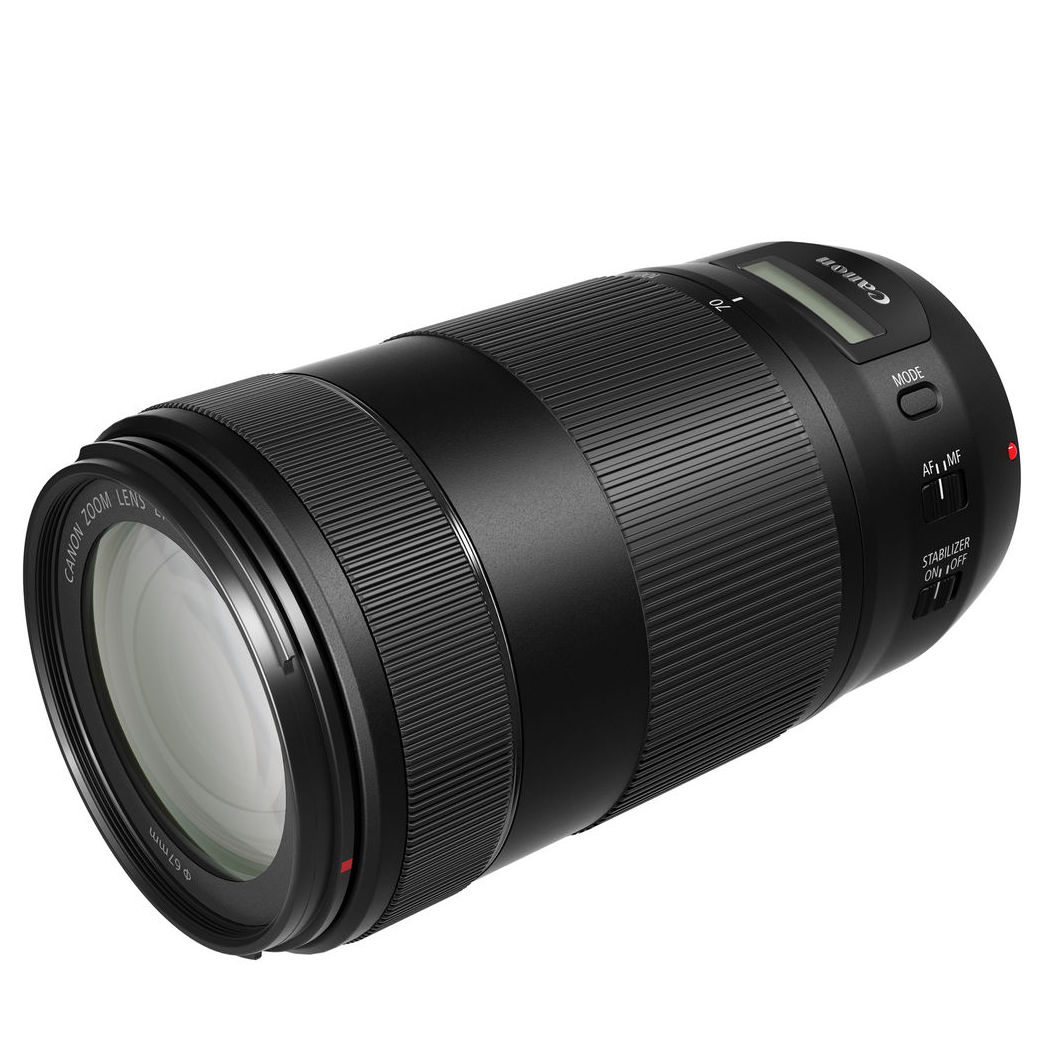
For Canon DSLR users, this telephoto zoom lens delivers generous reach and fast autofocusing, and is light enough to use with APS-C as well as full-frame cameras.
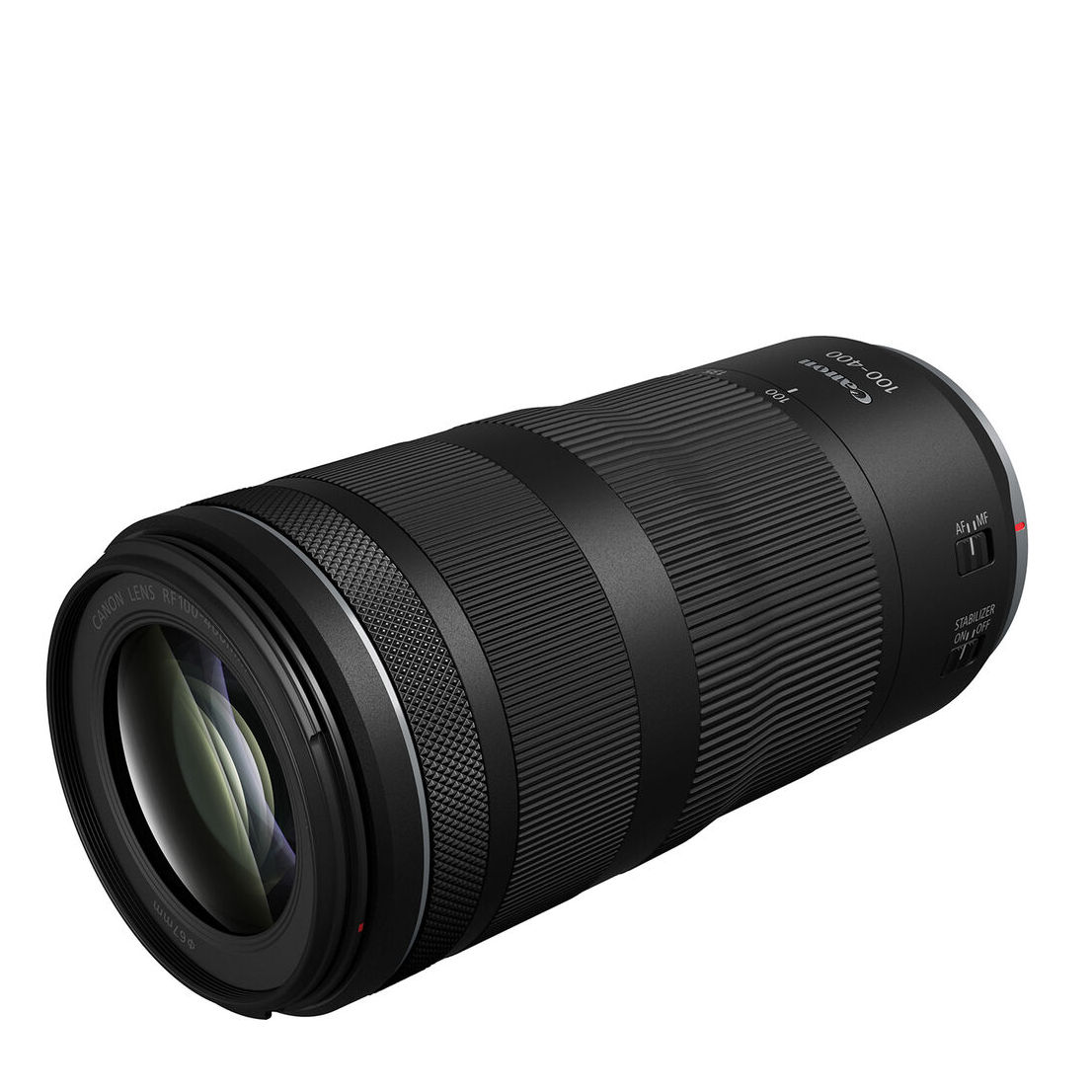
Lightweight and relatively affordable, this telephoto zoom in the popular 100-400mm configuration is a great addition to any Canon EOS R system kit bag.
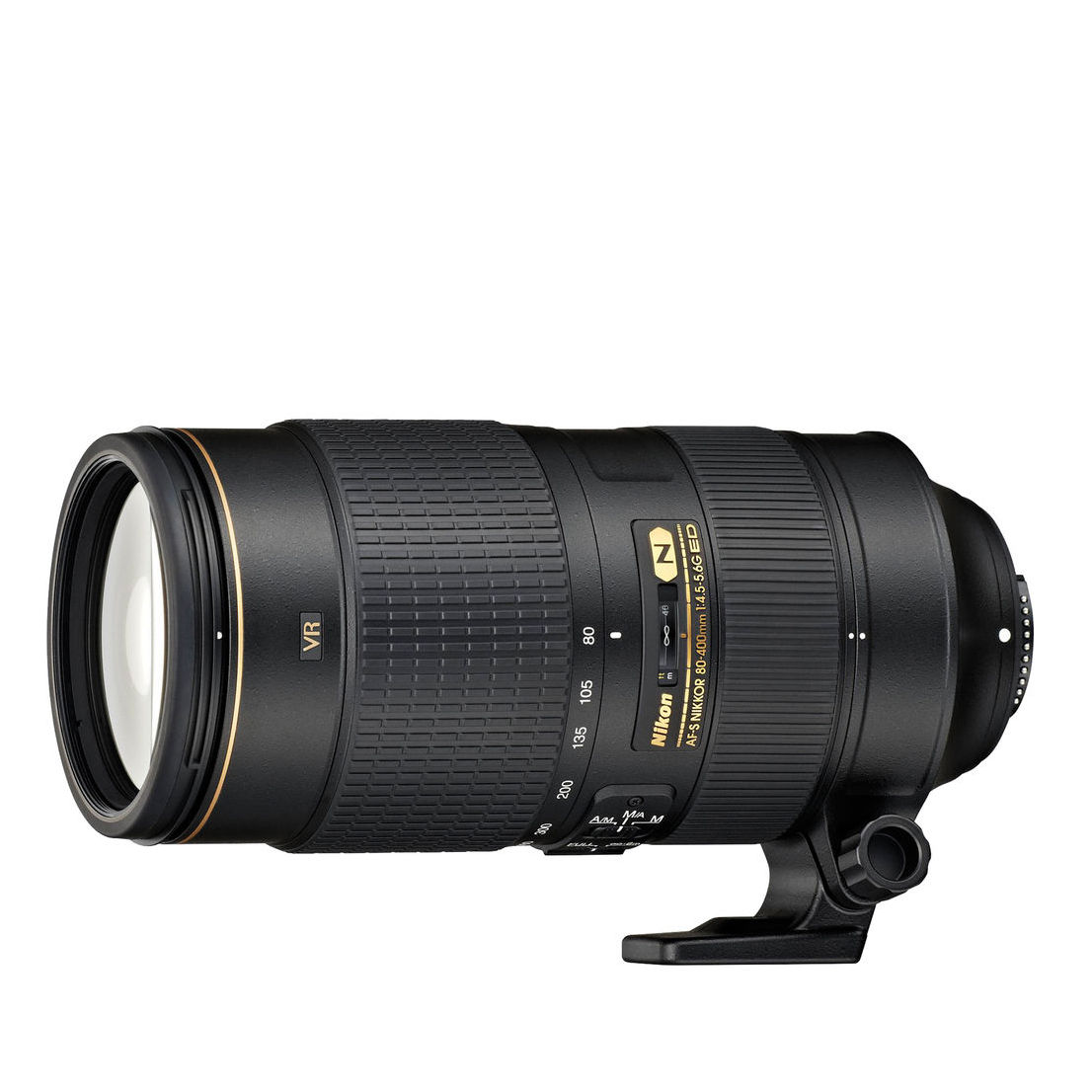
With generous reach and superfast ultrasonic ring-type autofocus, this lens is a superb companion for Nikon DSLRs — it performed brilliantly in our lab tests.
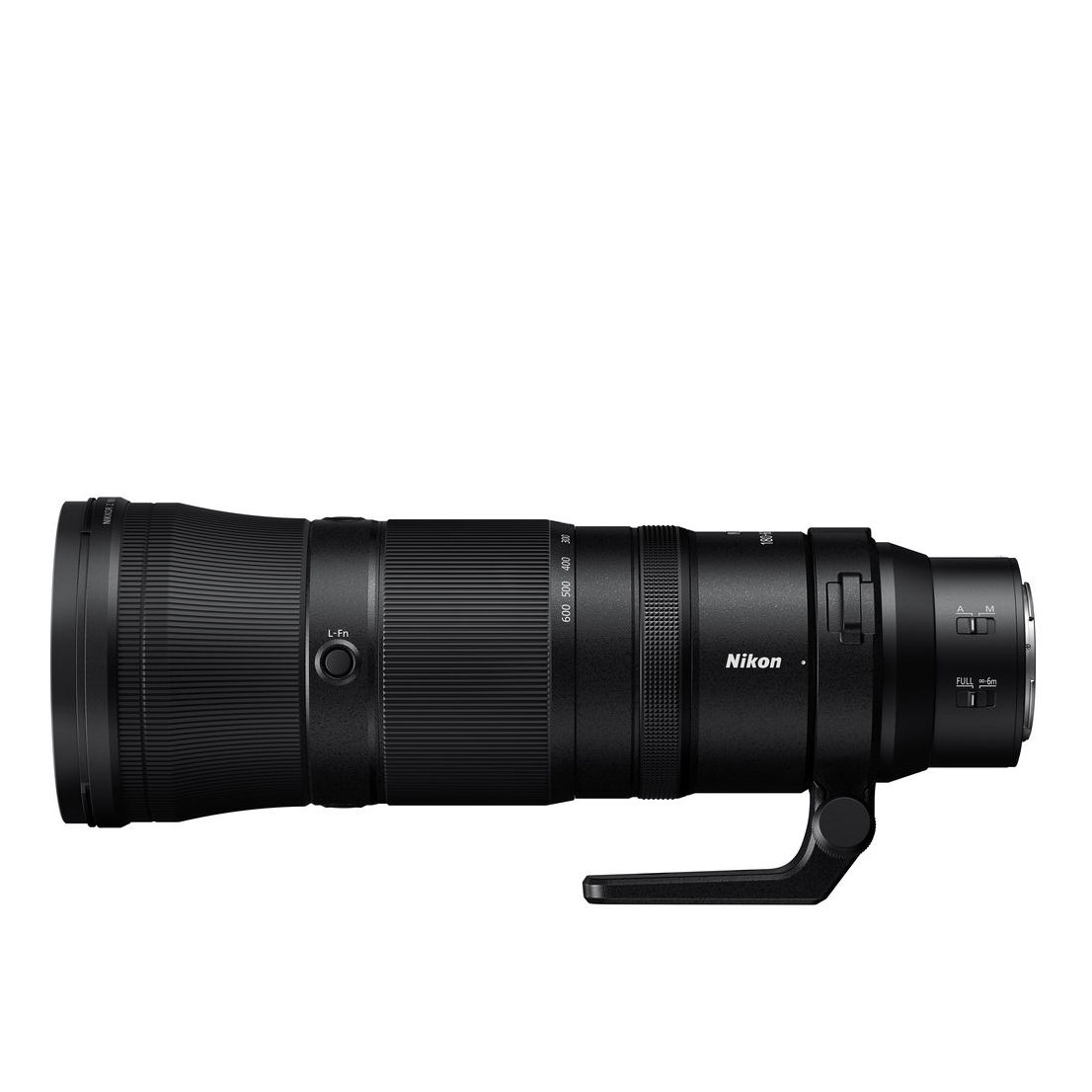
While it's not one of the premium 'S-Line' lenses for Z-mount, this wide-ranging zoom still delivers brilliant reach and quality for wildlife and sports photography.
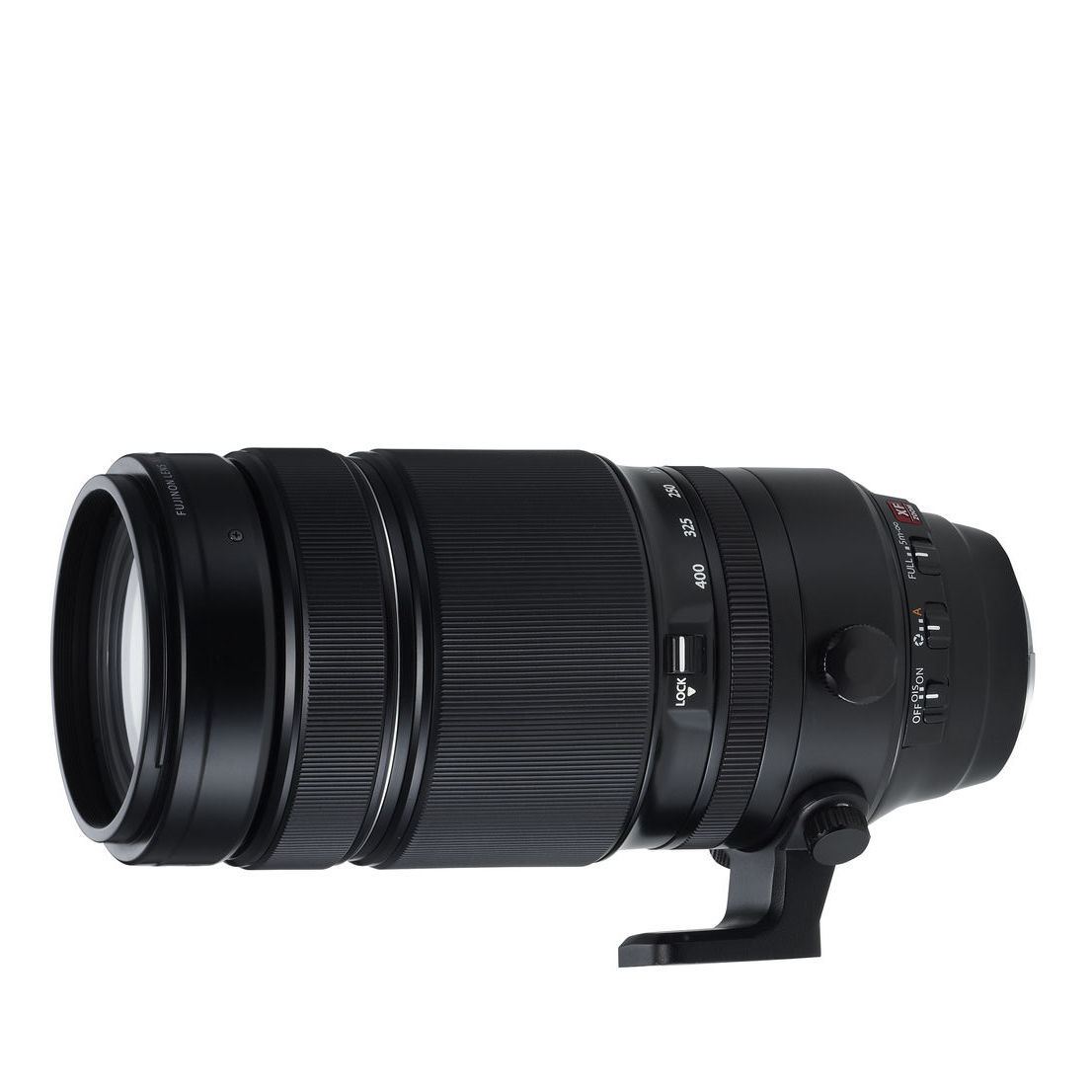
A premium lens with a 150-600mm ‘effective’ zoom range, this fine Fujifilm zoom boasts a premium optical construction that delivers superb image quality.
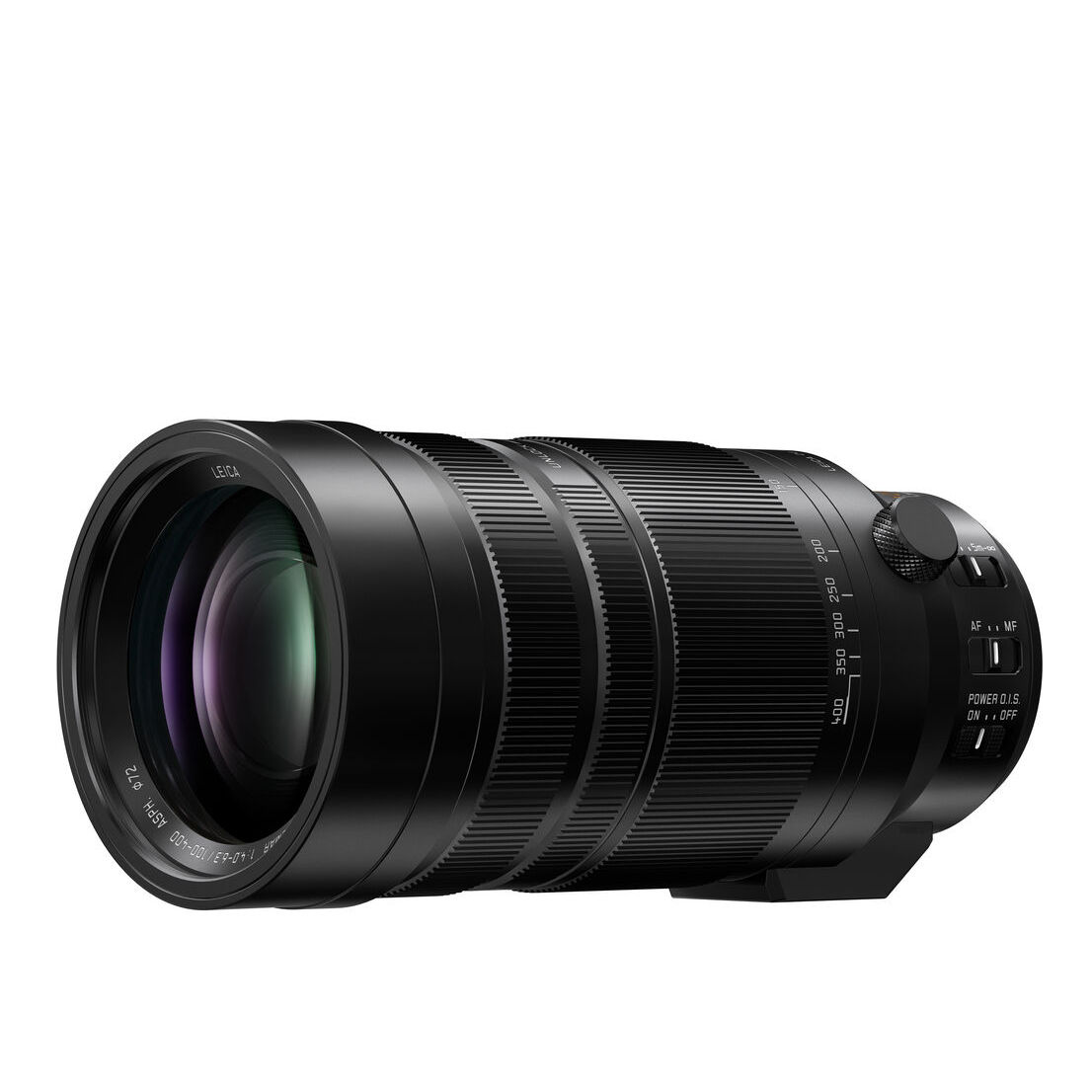
The MFT crop factor means this lens delivers an 'effective' 200-800mm range, which gives you serious reach, aided by effective optical Power OIS stabilization.
Load the next products ↴
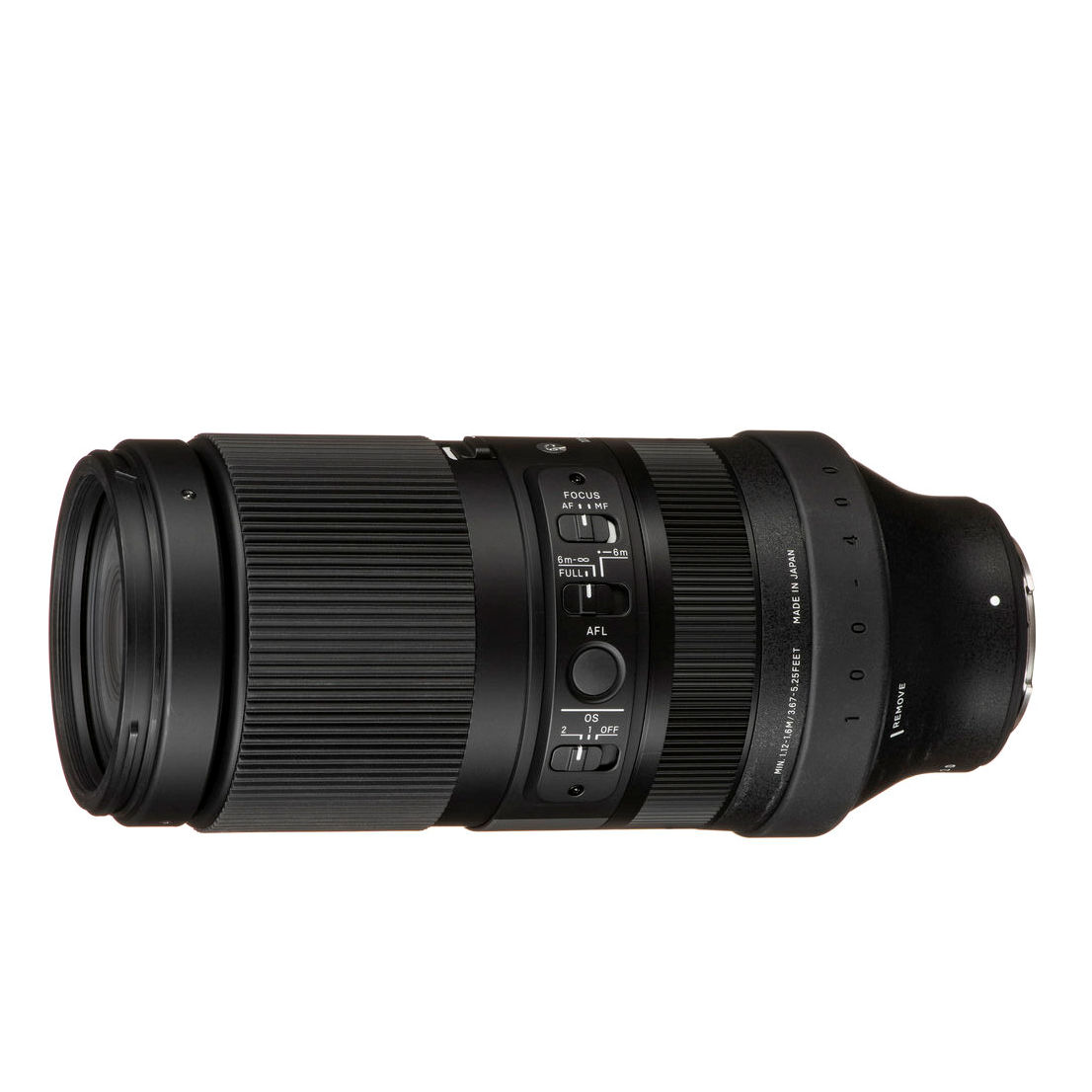
A reworking of Sigma's popular 'light bazooka' telephoto zoom for DSLRs, this newer mirrorless edition is available in both Leica L and Sony E mount versions.
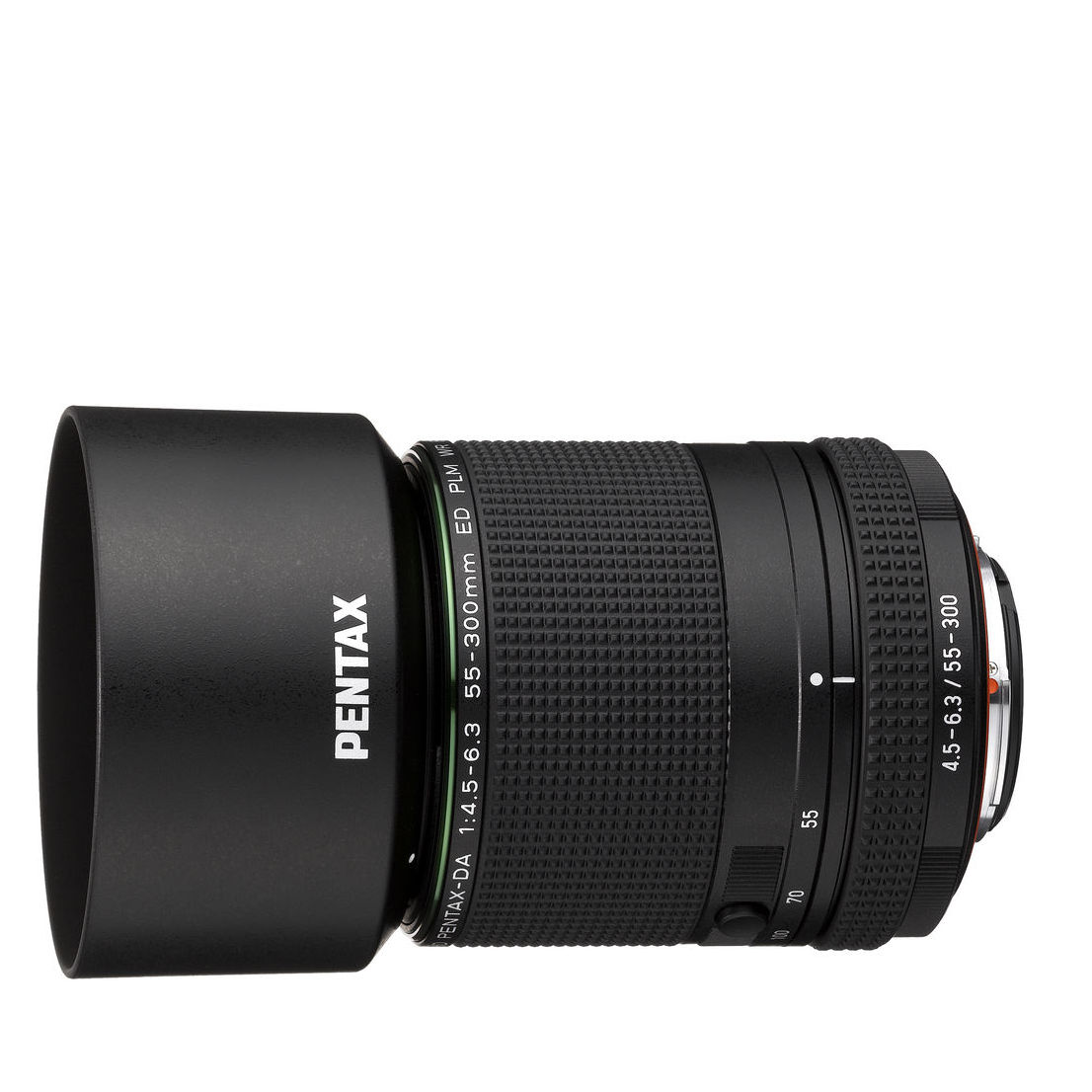
Best Pentax
For users of APS-C K-mount DSLRs, this lightweight and versatile telephoto zoom is the natural choice. It's well made with Pentax's customary weather-sealing.
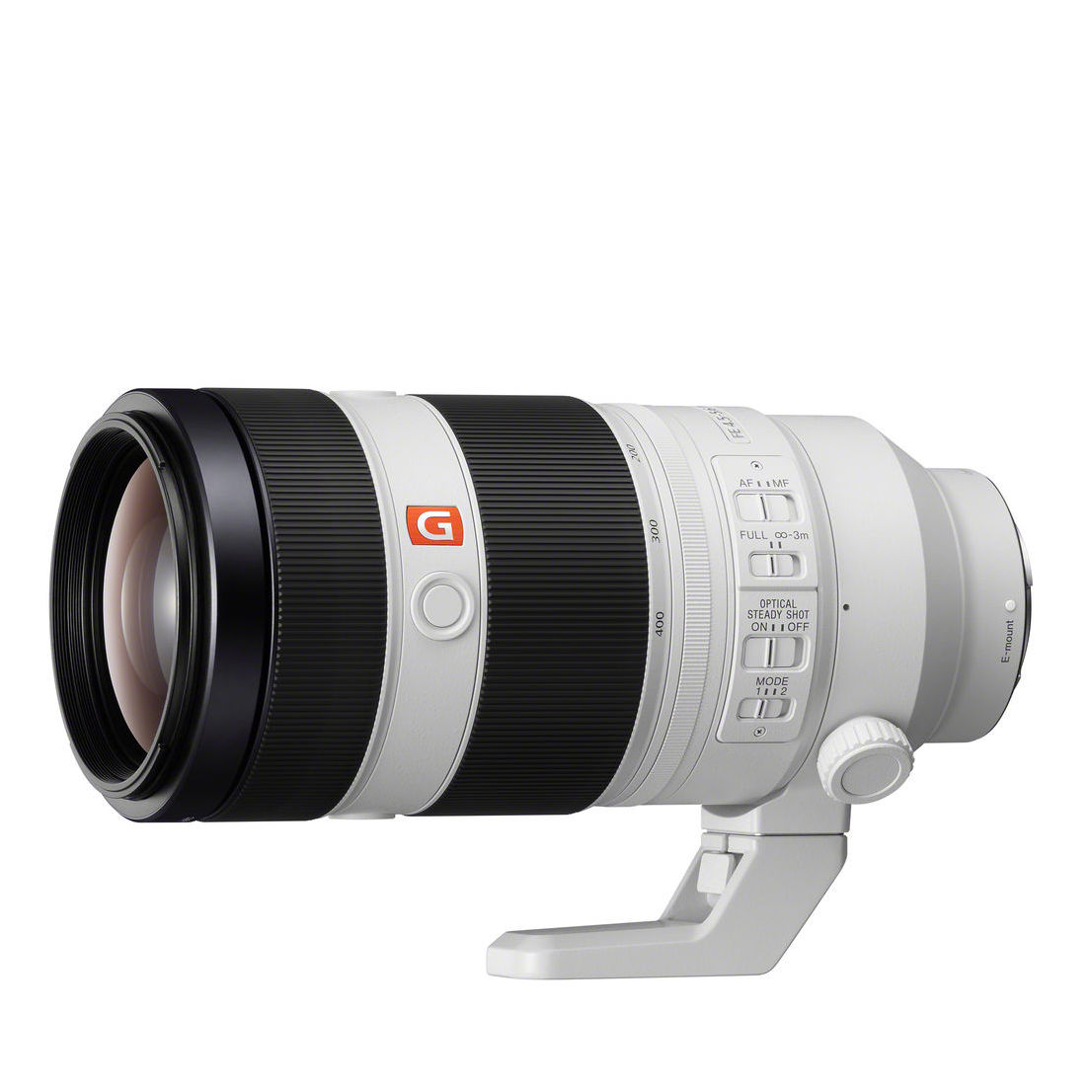
Reasonably lightweight and portable, this workhorse 100-400mm lens for Sony E-mount boasts exotic handling characteristics and excellent all-round performance.
The best telephoto lenses
Why you can trust Digital Camera World
Best Canon EF
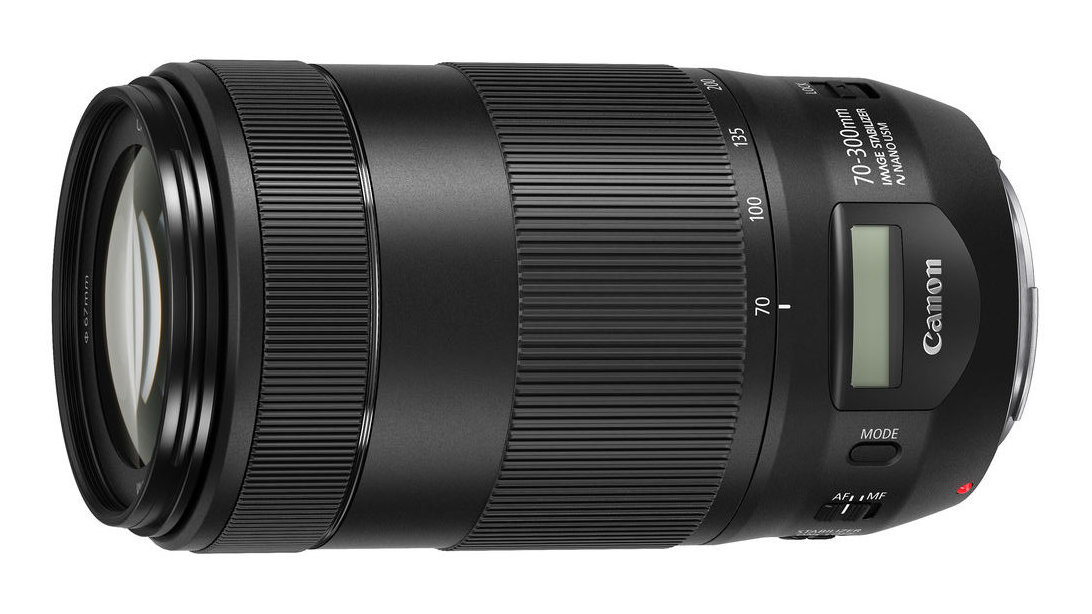
Specifications
Reasons to buy
Reasons to avoid
Canon makes a pretty good EF-S 55-250mm f/4-5.6 IS STM telephoto zoom for its APS-C format SLRs. It’s compact and lightweight at 70x111mm and 375g. Measuring 80x146mm and weighing 710g, this full-frame compatible lens is naturally larger and nearly twice the weight but, for my money, it’s more than twice as good. As well as having more powerful telephoto reach, equivalent to 480mm in full-terms, it boasts a super-fast Nano USM autofocus system, a more effective image stabilizer, and delivers sharper image quality.
As a handling highlight, it also has an in-barrel information screen with an adjacent button for cycling through multiple modes. It’s my favorite telephoto zoom for APS-C format SLRs and also makes a great compact, budget telephoto for full-frame Canon cameras, including EOS R-series mirrorless models via a mount adapter.
Read more: Canon EF 70-300mm f/4-5.6 IS II USM full review
Best Canon RF
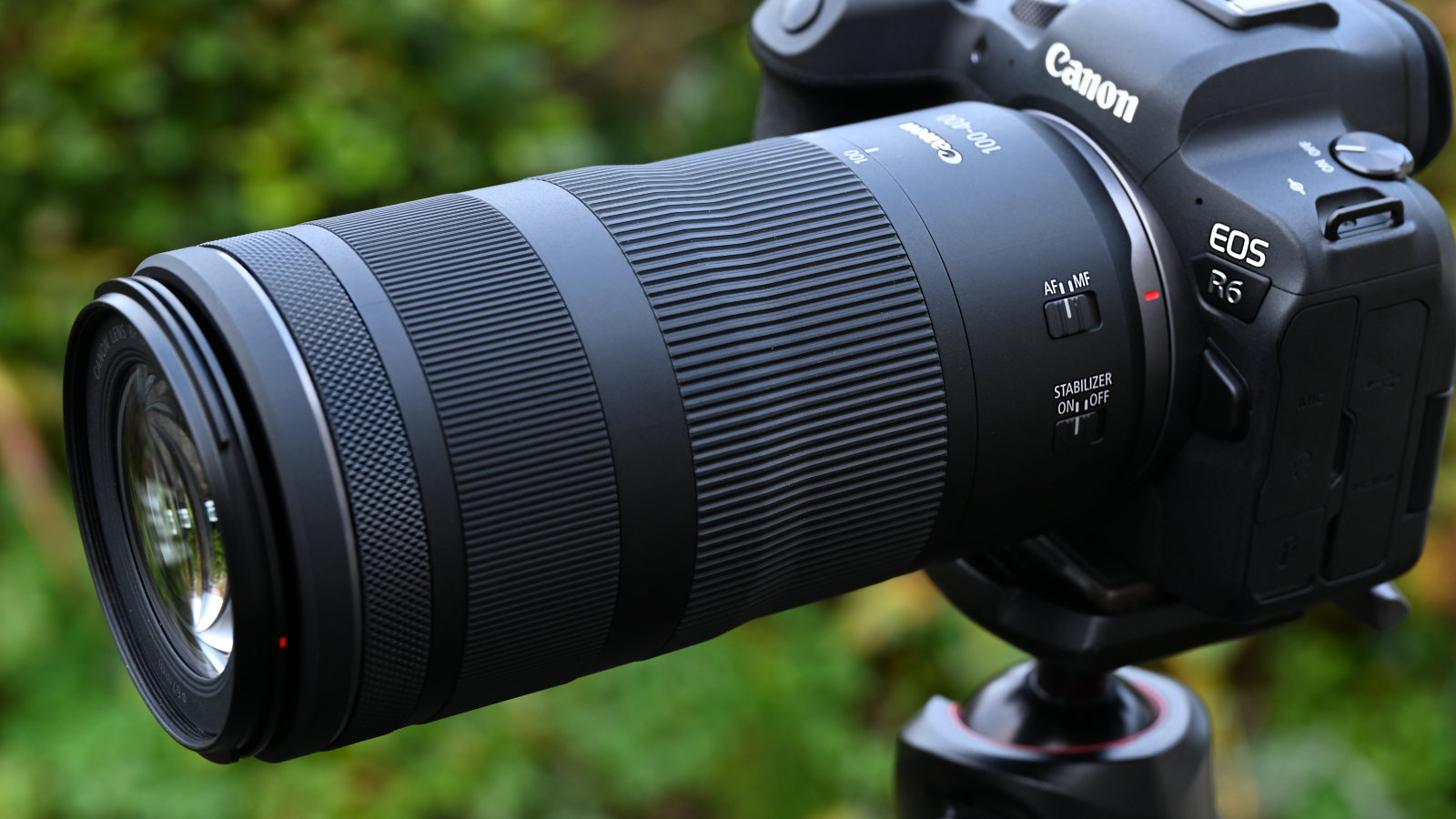
Specifications
Reasons to buy
Reasons to avoid
Compact and lightweight for a super-telephoto zoom, the Canon RF 100-400mm f/5.6-8 IS USM looks and feels very much like shooting with a classic 70-300mm lens on DSLR cameras. Naturally though, it’s designed for EOS R-series bodies, on which it’s an excellent fit, making for a slimline and easily manageable overall package. Autofocus is super-fast, image stabilization is highly effective and image quality is highly impressive in all respects, with the caveat that sharpness drops off noticeably when combining close focusing distances with the longest zoom setting. The aperture rating of f/8 at the long end of the zoom range might be a bit slower than some might like, but that’s the price you pay for the conveniently downsized design.
Read more: Canon RF 100-400mm f/5.6-8 IS USM full review
Best Nikon F
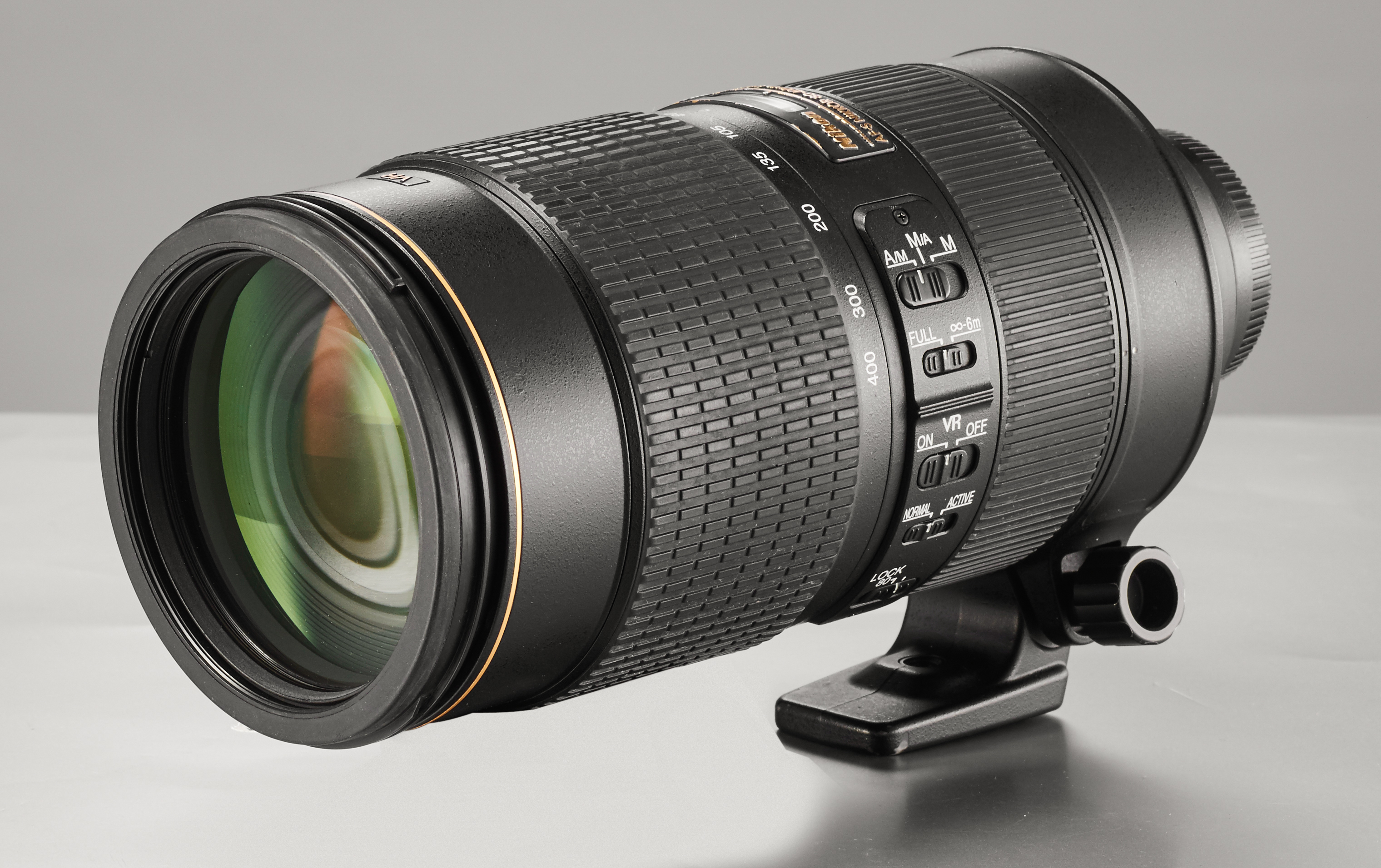
Specifications
Reasons to buy
Reasons to avoid
A 70-300mm lens is all very well, as is a 100-400mm lens, but this Nikon optic has an edge over both. The Nikon AF-S 80-400mm f/4.5-5.6G ED VR is a revitalised version of an original lens that was something of a misfire, but a lot of those problems have no been corrected – the most glaring one being the first lens's dreadfully slow autofocus, which is now rectified with a super-fast ultrasonic ring-type autofocus motor. I'm also impressed with the sharpness of the Nikon AF-S 80-400mm f/4.5-5.6G ED VR, especially in the centre, as confirmed in our lab tests. It's an all-around excellent lens, especially for one with such a generous zoom range.
Read more: Nikon AF-S 80-400mm f/4.5-5.6G ED VR full review
Best Nikon Z
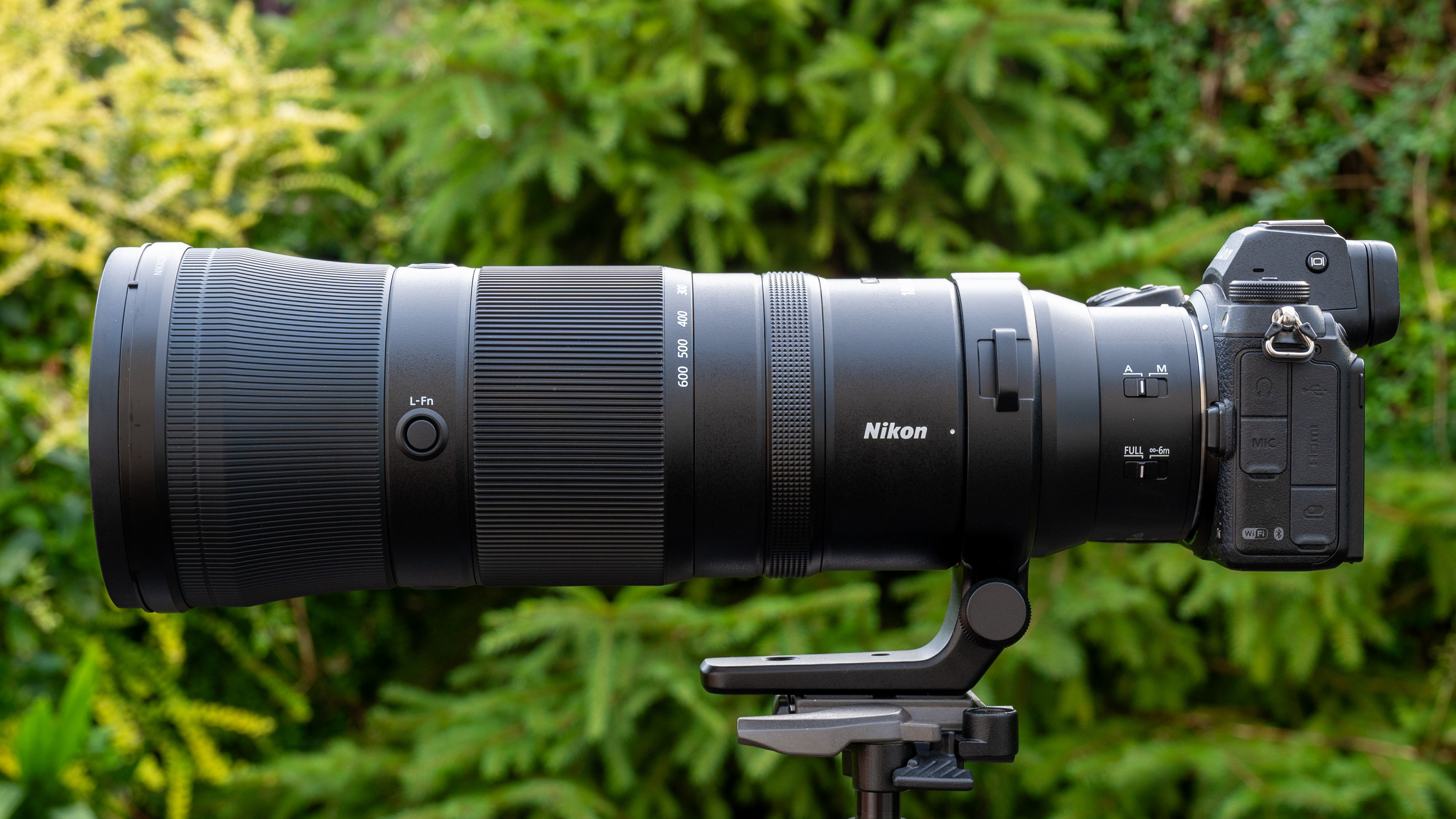
Specifications
Reasons to buy
Reasons to avoid
With a huge zoom range, the Nikon Z 180-600mm f/5.6-6.3 VR is one of the most versatile lenses in the Z-mount line-up. For wildlife, sports, aviation and similar pursuits, it's absolutely superb, delivering crystal-clear sharpness right the way through that zoom range. With a viewing angle of just 13.7 degrees at the short end through to just 4.1 degrees at the long end, it's a lens that can provide a real range of perspectives. You also get an effective 5.5-stop stabilization system that helps you keep things under control when working at long focal lengths.
It's undeniably a heavy lens, but that's typical of super-telephoto zooms. This lens hugely delivered in a range of shooting situations when I put it to the test in my full review, and anyone looking for a do-it-all sports or wildlife lens will not be disappointed.
Read more: Nikon Z 180-600mm f/5.6-6.3 VR full review
Best Fujifilm X
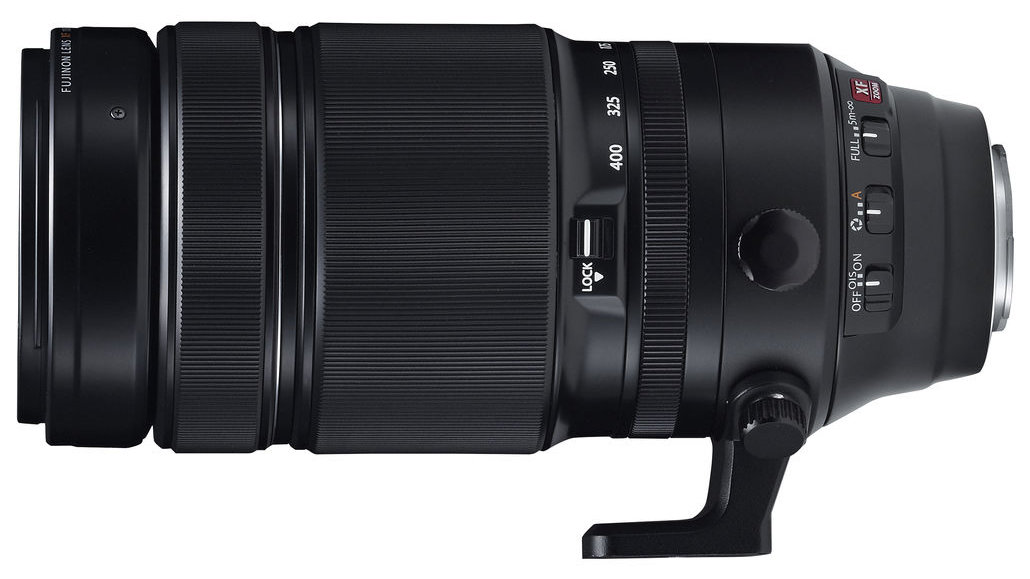
Specifications
Reasons to buy
Reasons to avoid
On an Fujifilm X APS-C sensor, this powerful telephoto zoom can deliver a maximum effective focal length of 609mm. This coupled with its extensive weather-sealing makes it an excellent choice for outdoor sports and wildlife photography. It's also got fast, accurate autofocus that can handle moving subjects, as well as a 5-stop optical stabilisation system that lives up to its billing. In my review, I found sharpness to generally be very impressive in real-world situations, with some fall-off detected in lab tests, and distortion is controlled exceptionally well. This is a really powerful lens for Fujifilm users but be aware that at almost 1.4kg, it's no lightweight.
Read more: Fujinon XF100-400mm f/4.5-5.6 R LM OIS WR full review
Best MFT
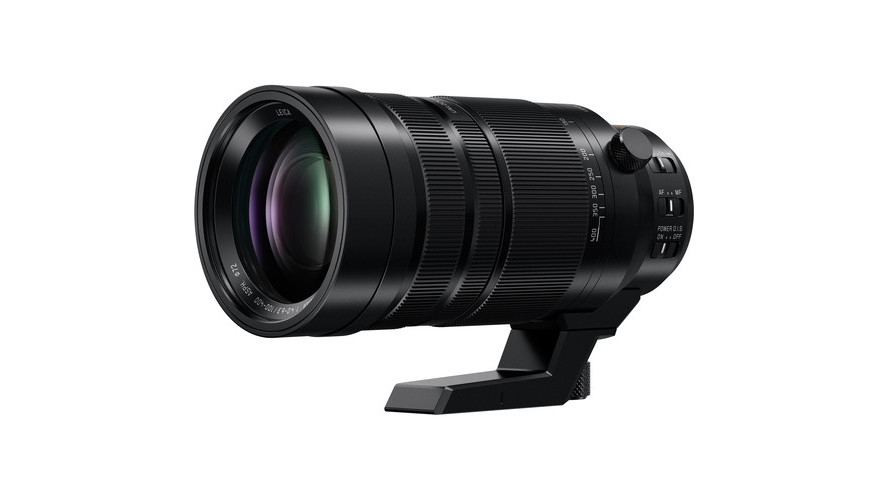
Specifications
Reasons to buy
Reasons to avoid
Lenses with a 100-400mm focal range are hugely popular. It's a versatile focal range for telephoto shooting, making a broad range of subjects possible to capture, and the Panasonic Leica DG Vario-Elmar 100-400mm f/4-6.3 ASPH. POWER O.I.S. is a fine example. Naturally, the fact that it's a Micro Four Thirds lens means that it actually performs like a 200-800mm lens, making it all the more potent for telephoto shooting.
The Power OIS stabilization system is hugely impressive, though the lens does lack the switchable stabilization modes that some comparable optics have. Image quality is generally very good, especially at the short end of the zoom range, with a customary slight drop-off in sharpness towards the long end. The relative lightness of the lens is welcome too, especially for MFT users who are working with smaller, lighter camera bodies.
Read more: Panasonic Leica DG Vario-Elmar 100-400mm full review
Best L-mount
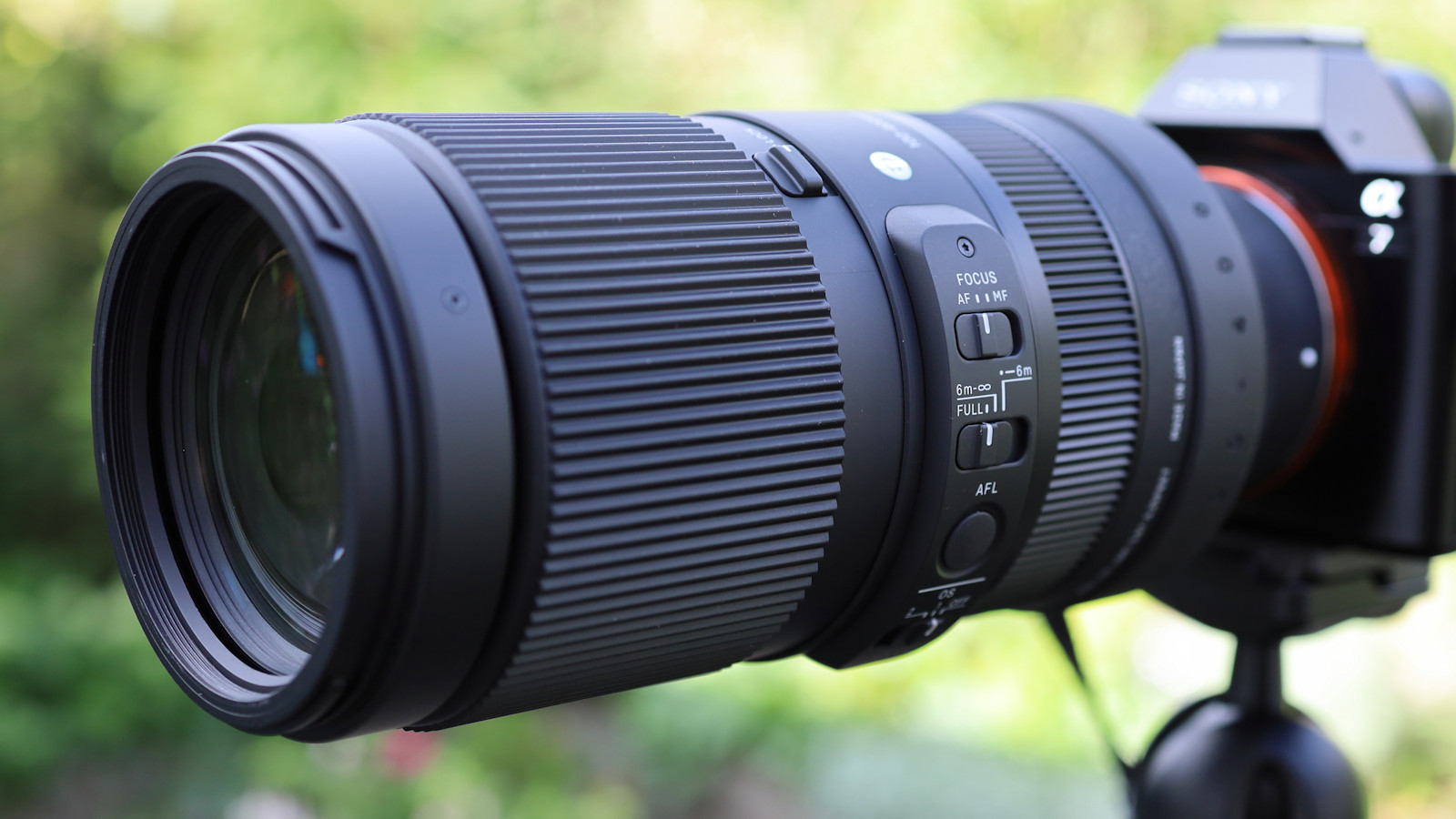
Specifications
Reasons to buy
Reasons to avoid
Nicknamed the ‘light bazooka’, Sigma launched a relatively compact and lightweight 100-400mm zoom for Canon and Nikon DSLRs back in 2017. Three years down the line, this newer ‘DN’ edition is now available for Leica L and Sony E mount mirrorless cameras. The optical path is upgraded and includes a top-grade FLD (‘Fluorite’ Low Dispersion) element, in addition to four SLD (Special Low Dispersion) elements. Other enhancements include a customizable Focus-lock button and a TS-111 tripod mounting ring, which is available as an optional extra. I found the new DN lens to be sharper than the original design, throughout the entire zoom range. Overall, it’s an excellent performer at a very attractive price.
Read more: Sigma 100-400mm f/5-6.3 DG DN OS | C full review
Best Pentax K
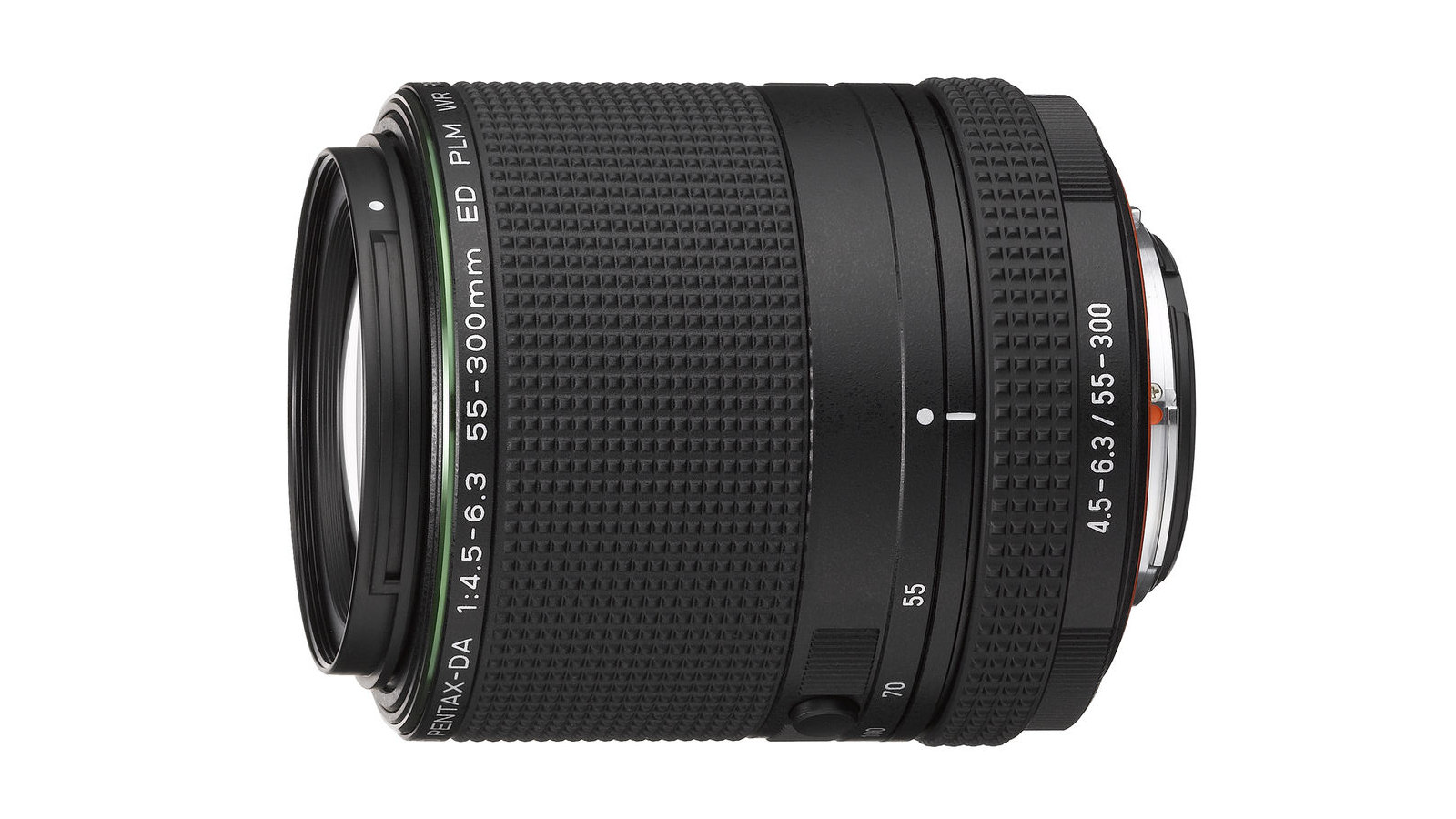
Specifications
Reasons to buy
Reasons to avoid
This Pentax lens is remarkably small for a 55-300mm zoom, partly because it’s designed exclusively for APS-C format cameras but mostly because it has a retractable design for compact storage. There’s nothing small about the zoom range, however, which is equivalent to 82.5-450mm on a full-frame camera. Build quality is very good, featuring weather-seals and a fluorine coating on the front element, while optical highlights include ED elements and Pentax’s HD coating to reduce ghosting and flare.
The stepping motor-based autofocus system is ultra-quiet compared with some Pentax lenses, but is still audible and not particularly fast. Pentax’s ‘Quick-Shift Focus System’ enables easy switching between autofocus and manual focus. There’s no optical stabilizer, the lens instead relying on the sensor-shift stabilization of Pentax camera bodies, which isn’t always ideal when shooting with telephoto lenses. Image quality is very good overall but sharpness drops off a bit at the long end of the zoom range.
Read more: Pentax 55-300mm f/4.5-6.3 DA PLM WR full review.
Best Sony E
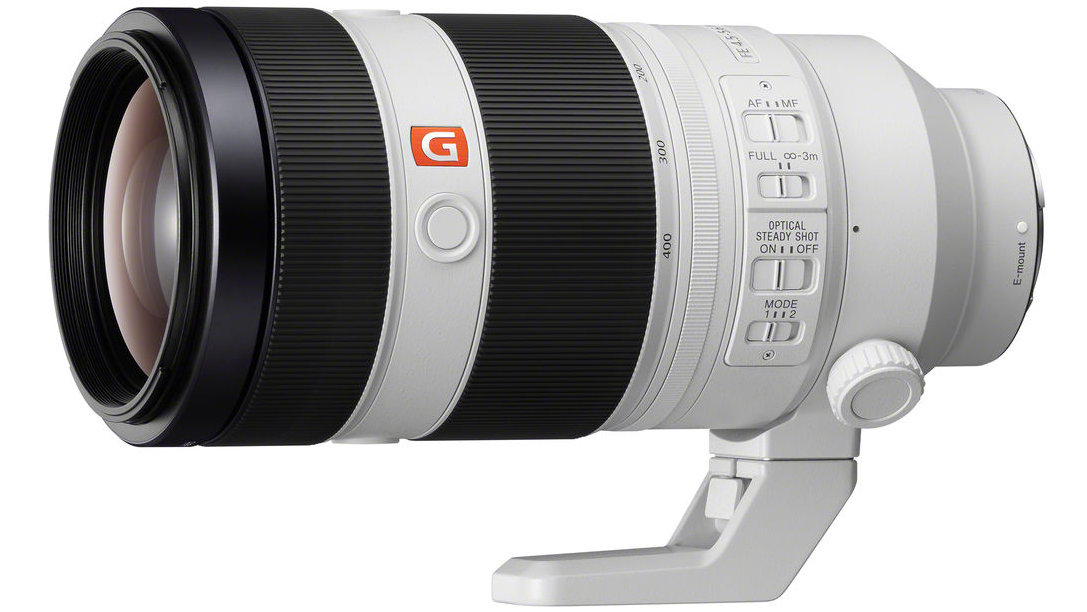
Specifications
Reasons to buy
Reasons to avoid
Barely any larger and slightly lighter than Sony’s 70-200mm G Master 'trinity' telephoto zoom, this super-telephoto lens has a fundamentally different design, in that the inner barrel extends as you stretch through the zoom range. Even so, it’s very solid and well-built, with similar handling characteristics that include dual-mode optical stabilization for static and panning shots, an autofocus range limiter switch, and multiple autofocus hold buttons.
The 100-400mm lens also adds an adjustable friction damper for the zoom ring, due to the telescoping nature of the design. The optical path includes two ED (Extra-low Dispersion) elements and one Super ED element, while autofocus is driven by the speedy combination of a double linear motor plus a DDSSM (Direct Drive Super Sonic Motor). Sharpness and contrast are excellent, as is the creamy quality of bokeh, but the optical stabilizer has lackluster performance unless combined with in-body stabilization on later Sony camera bodies.
Read more: Sony FE 100-400mm f/4.5-5.6 G Master OSS full review
Lab data and comparisons
The graphs below show the comparative performance of the lenses in this guide, based on our in-house lab tests. Winners for sharpness are the Nikon Z 180-600mm and Sony FE 100-400mm lenses in this group. There’s some pincushion distortion on show, when uncorrected in-camera, along with a little color fringing.
Scores for sharpness and color fringing are averaged from data taken across the entire image frame, from the center to the edges and corners, throughout the aperture range. For zoom lenses, the scores are also averaged from data measured at all marked focal lengths, and the same applies to distortion. Bear in mind that these average values don't fully reflect specific areas of performance. For example, a zoom lens might have noticeable barrel and pincushion distortion at its shortest and longest focal lengths respectively, which tends to average out when looking at the data overall. For more detailed graphs of each lens's performance, which give the full picture, check out the graphs in our full standalone lens reviews.
How to choose the best telephoto lens
If you're embarking on handheld telephoto shooting, image stabilization can be a huge help for getting consistently sharp shots. The optical stabilizers that built into telephoto lenses often come with auto panning detection, or give you the option of manually switchable static and panning modes. The latter means that when panning horizontally, stabilization is only applied in the vertical plane.
If you're using a camera that features sensor-shift stabilization, optical stabilization is less important and many manufacturers will omit it in the design of lenses compatible with these cameras. However, some will allow the optical and in-camera stabilization systems to work in tandem, delivering even more stabilization than either system would on its own.
For full-frame cameras, the most budget-friendly telephoto lens is usually a 70-300mm telephoto zoom with a variable aperture rating, typically going from f/4 to f/5.6 throughout the zoom range. This type of lens can generally be squeezed into a very compact body, making them more portable than similar optics,
The next step up for full-frame cameras is a 70-200mm lens. It might seem strange that a more expensive class of lens has less powerful telephoto reach, but the main advantage here is that these lenses will generally have a faster aperture rating of f/2.8 or f/4, and it will remain constant throughout the entire zoom range. These lenses are favoured by professionals, and so unsurprisingly, 70-200mm f/2.8 telephoto zooms can be much pricier. They're often heavier too, as the diameter of optical elements towards the front of the lens needs to be a lot bigger. You don't get the zoom range of a cheaper telephoto lens, but you do get a big jump in image quality and low-light performance, and better separation between your subject and its background, thanks to the wider lens apertures.
Should i get a full-frame or APS-C telephoto lens?
Lenses are designed to match the size of the camera's sensor, so they are either 'full frame' lenses or 'APS-C' lenses.
You can use full-frame telephoto zooms on APS-C format Canon, Nikon and Sony cameras. The 1.5x or 1.6x crop factor boosts the ‘effective’ telephoto zoom range giving you much more powerful reach. Another bonus is that you’ll only be using a relatively small, central area of the image circle produced by the lens, where image quality is at its best.
But you can also get lenses that are specifically designed for APS-C sensors. The advantage is that they are smaller, lighter and less expensive than full frame lenses. However, you can't use these APS-C lenses on full frame cameras (not without using 'crop modes' which you will want to avoid.
A full frame lens is ideal for both camera sizes, but getting an APS-C lens for an APS-C camera can save both weight and cash.
How we test lenses
We test lenses using both real world sample images and lab tests. Our lab tests are carried out scientifically in controlled conditions using the Imatest testing suite, which consists of custom charts and analysis software that measures resolution in line widths/picture height, a measurement widely used in lens and camera testing. We find the combination of lab and real-word testing works best, as each reveals different qualities and characteristics.
Get the Digital Camera World Newsletter
The best camera deals, reviews, product advice, and unmissable photography news, direct to your inbox!
Matthew Richards is a photographer and journalist who has spent years using and reviewing all manner of photo gear. He is Digital Camera World's principal lens reviewer – and has tested more primes and zooms than most people have had hot dinners!
His expertise with equipment doesn’t end there, though. He is also an encyclopedia when it comes to all manner of cameras, camera holsters and bags, flashguns, tripods and heads, printers, papers and inks, and just about anything imaging-related.
In an earlier life he was a broadcast engineer at the BBC, as well as a former editor of PC Guide.
